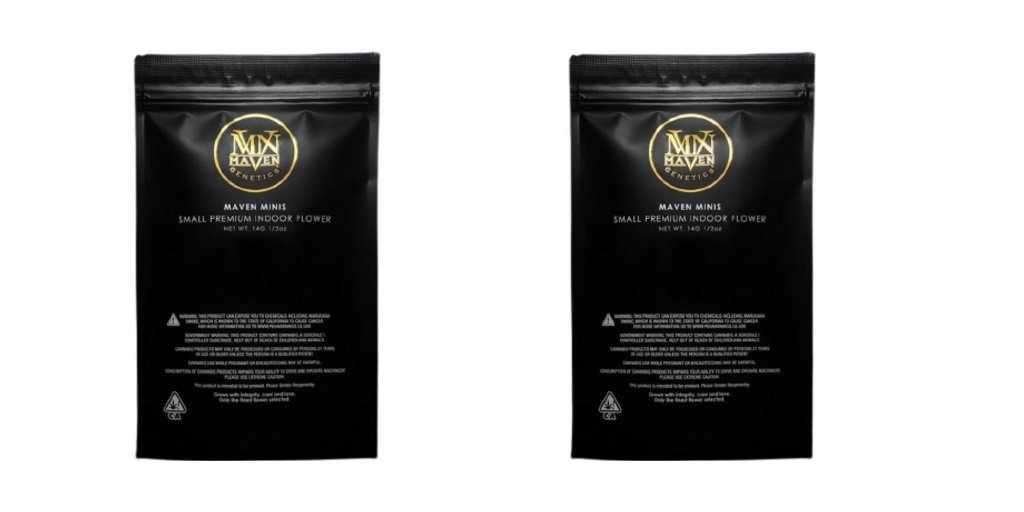The concept of the dew point is vital in various fields, including meteorology, HVAC (Heating, Ventilation, and Air Conditioning), and environmental science. Understanding the dew point helps to predict weather conditions, optimize energy consumption, and enhance comfort in indoor environments. A dew point calculator is an invaluable tool for making this task easier. This article delves into the fundamentals of dew point, how a dew point calculator works, and its benefits.
What is Dew Point?
The dew point is the temperature at which air becomes saturated with moisture and can no longer hold all the water vapor it contains. As the air cools to this point, condensation occurs, and dew forms on surfaces. It’s crucial to note that the dew point isn’t just a measure of the temperature—it’s a reflection of the moisture content in the air.
A higher dew point indicates more moisture in the air, which is why you might feel more uncomfortable on hot and humid days. On the other hand, a lower dew point suggests drier air, often leading to more comfortable weather conditions.
In simple terms, the dew point is the temperature at which the air must cool for condensation to occur, and it’s a crucial measurement for understanding humidity levels.
How Does a Dew Point Calculator Work?
A dew point calculator simplifies determining the dew point temperature based on input variables like the air temperature and relative humidity. While selecting the dew point manually can involve complex formulas, a dew point calculator automates the process and provides immediate results.
To understand how it works, let’s break it down:
Air Temperature: The temperature of the air is a starting point. As the air cools, it eventually reaches a point where the moisture in the air begins to condense.
Relative Humidity: This is the percentage of water vapor in the air compared to the maximum amount the air can hold at a given temperature. When the relative humidity is high, the dew point is closer to the air temperature.
The dew point calculator uses a mathematical formula to calculate the dew point temperature using these two variables—air temperature and relative humidity. Some calculators may use simplified equations, while others might incorporate more advanced calculations that factor in atmospheric pressure and other variables.
Importance of Dew Point in Different Industries
Understanding the dew point is critical in various industries. It influences everything from weather forecasting to air quality management. Let’s explore some of these applications:
Meteorology
Meteorologists use the dew point to forecast weather conditions. When the temperature approaches the dew point, cloud formation and precipitation are likely. For example, if the dew point is close to the current air temperature, it often indicates that rain or fog might develop. Understanding dew point trends also helps meteorologists assess humidity levels and predict heatwaves or cold spells.
HVAC (Heating, Ventilation, and Air Conditioning)
In HVAC systems, the dew point is essential for controlling indoor comfort. If the air inside a building is humid, it can cause discomfort or health problems. By understanding the dew point, HVAC professionals can adjust air conditioning systems to remove excess moisture from the air, ensuring the environment remains comfortable.
Dew point is also crucial for preventing condensation in buildings, which can lead to mold and mildew growth. Proper moisture control in HVAC systems can significantly improve indoor air quality.
Manufacturing and Industrial Processes
In many manufacturing processes, especially in industries that require precise humidity control, such as semiconductor fabrication or food processing, maintaining the correct dew point is essential. Dew point calculators help operators ensure that moisture levels are kept within optimal ranges to avoid equipment damage, product spoilage, or quality issues.
Agriculture
Farmers rely on dew point data to predict frost, which can have a devastating effect on crops. When the dew point falls below freezing, it can indicate that frost may form, which is dangerous for sensitive crops. By using dew point calculators, farmers can make informed decisions about when to take preventive actions, such as using frost protection techniques.
Aviation
In aviation, dew point calculations are essential for understanding visibility conditions, cloud formation, and the potential for icing on aircraft surfaces. Pilots and flight crews use dew point information to assess weather conditions and ensure safety during flight.
Benefits of Using a Dew Point Calculator
Dew point calculators provide several benefits across various industries. Here’s why using one is essential:
Accuracy and Precision
Manual calculations of the dew point can be time-consuming and prone to error. A dew point calculator, on the other hand, provides fast and accurate results, eliminating human error. This is particularly important in fields like meteorology, HVAC, and manufacturing, where precise measurements are critical.
Time and Effort Saving
Rather than working through complex formulas, a dew point calculator simplifies the process. This allows users to quickly get the information they need without spending extra time. Whether you’re a meteorologist, a farmer, or a facility manager, having immediate access to dew point calculations can save valuable time.
Ease of Use
Most dew point calculators are user-friendly and require only basic inputs, such as temperature and relative humidity. This makes them accessible to professionals and non-experts alike, ensuring that anyone can use them to make informed decisions.
Better Decision Making
In fields such as HVAC, agriculture, and manufacturing, understanding the dew point allows professionals to make better decisions. For instance, knowing the dew point can guide HVAC technicians on when to adjust air conditioning systems, or help farmers determine when to apply frost protection measures. Accurate dew point data helps reduce risks and enhances decision-making.
Improved Comfort and Efficiency
In industries like HVAC and agriculture, optimizing dew point levels leads to increased comfort and efficiency. For example, controlling humidity in a home or office can significantly improve comfort levels, while controlling moisture in a warehouse can prevent product damage.
Conclusion
A dew point calculator is an invaluable tool that simplifies the process of calculating the dew point temperature. By understanding the dew point and its applications across various industries, professionals can make better decisions, optimize processes, and ensure safety and comfort. Whether you’re forecasting the weather, designing HVAC systems, or managing industrial processes, having access to accurate dew point data is essential.
The next time you’re dealing with humidity, temperature, or air quality, consider using a dew point calculator to ensure you’re working with the most accurate data available.











Leave a Reply